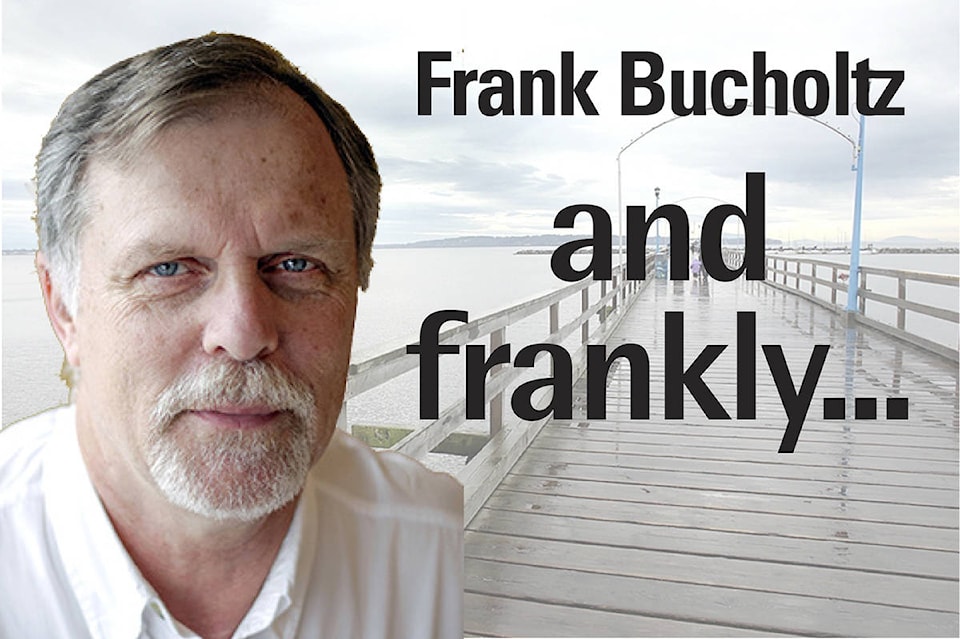High-speed rail between Vancouver and Portland got a boost last week – and then suffered a serious blow this week, when an Amtrak train derailed south of Tacoma.
A study commissioned by the State of Washington was released Thursday. It estimates that building high-speed rail that would link Vancouver, Seattle, Tacoma and Portland would cost $24-42 billion, and could cut travel times to as little as an hour between Vancouver and Seattle. It suggests the lower-cost route could start at the King George Station in Surrey and travel through Seattle to a final stop in the north end of Portland. By avoiding downtown stops, the cost would be significantly less – but there are also concerns that ridership would be significantly smaller.
The study assumes trains would travel at least 250 m.p.h. (402 km/h).
High-speed rail has been talked about for years, and Washington Gov. Jay Inslee was recently in Victoria to address the B.C. Legislature about it. Premier John Horgan and Prime Minister Justin Trudeau have both shown enthusiasm.
If high-speed rail ever gets the go-ahead – and it would require a massive commitment of government funding from both American and Canadian sources – it would mean certain relocation of the passenger rail tracks through Surrey. Whether that would involve relocation of the tracks used by BNSF freight trains that travel along the waterfront through White Rock, Ocean Park and Crescent Beach is not dealt with in the report.
There has been considerable pressure in recent years to relocate the tracks from the waterfront, and it was an issue in the recent federal byelection.
However, Monday’s derailment may put any plans for high-speed rail on hold.
An Amtrak train travelling from Seattle to Portland was the first scheduled train to use a new, high-speed rail corridor between Tacoma and Olympia when it derailed about 8 a.m. The train may have been travelling at 79 miles per hour, the maximum possible speed on the line at that location.
It occurred on the first day a new $181-million line was in service. The money was spent to upgrade existing track on a former branch line, and bypass a slower route along the coastline south of Tacoma. It was completely rebuilt with concrete ties, welded rail and new signal systems and was meant to give a significant boost to passenger rail traffic in the busy Cascades corridor. The traffic would include Amtrak and commuter trains.
Interstate 5 between Tacoma and Olympia is often congested and the improved rail corridor was supposed to offer drivers an alternative. The new passenger route travels right through Joint Base Lewis McChord, a large military base and a major destination.
As of late Monday morning, at least six people had died in the derailment, 77 others were injured and southbound Interstate 5 was closed. The train derailed on one of two bridges, with several cars toppling onto the freeway. Numerous vehicles were hit by debris.
Any notion of high-speed rail being a wave of the future was in shambles, as emergency crews searched the derailed cars for passengers.
Frank Bucholtz writes Wednesdays for Peace Arch News, as well as at frankbucholtz.blogspot.ca – email frank.bucholtz@gmail.com
